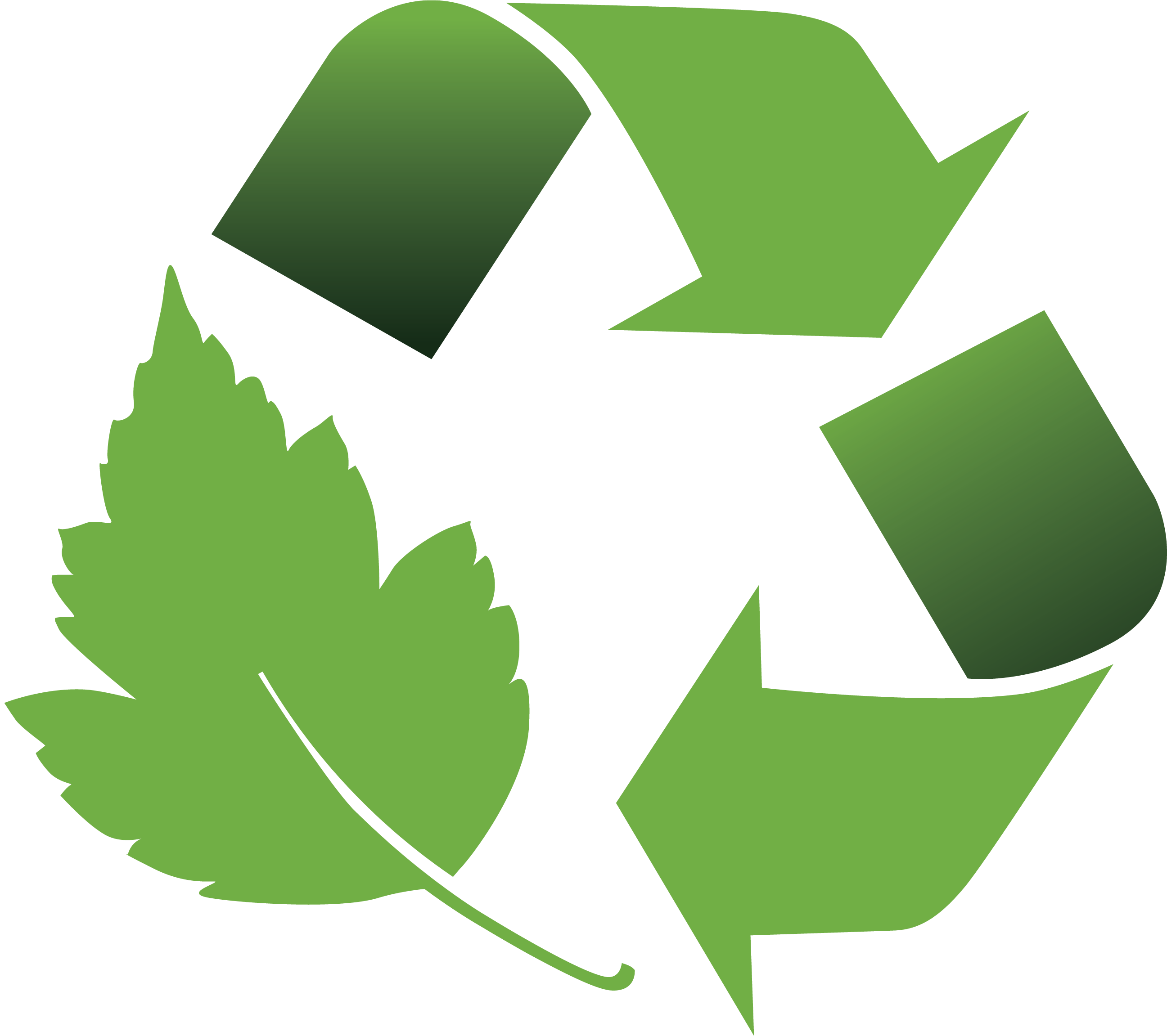Anti tarnish charcoal paper
 There are several types of anti tarnish paper and film that have been widely used in an attempt to protect silver and electronics from corrosion (aka tarnish). One particular type of anti tarnish paper is a carbon based product that is also referred to as charcoal paper. And while this charcoal paper is not totally effective for tarnish prevention, its lack of effectiveness is due to some inherent properties common to these carbon based papers. Let’s take a look at one of these properties, its ability to absorb corrosive gases:
There are several types of anti tarnish paper and film that have been widely used in an attempt to protect silver and electronics from corrosion (aka tarnish). One particular type of anti tarnish paper is a carbon based product that is also referred to as charcoal paper. And while this charcoal paper is not totally effective for tarnish prevention, its lack of effectiveness is due to some inherent properties common to these carbon based papers. Let’s take a look at one of these properties, its ability to absorb corrosive gases:
The main compounds that cause silver to tarnish are sulfur (SO2 and H2S), chlorine (CI), and nitrous (NO2) gases. Charcoal paper basically works by acting as a passive absorber of these tarnish causing gases. In other words, the gases are merely absorbed, and because carbon is a passive technology, these gases cannot react with the paper and therefore are not neutralized. This can translate into the charcoal paper becoming oversaturated with corrosive gases which can lead to out-gassing (releasing gases back “out” into the air), thereby tarnishing the very item it was supposed to protect in the first place. But this is just the "tip of the (silver) iceberg". The bigger issue is, at what level of these corrosive gases is charcoal paper effective at absorbing?
Charcoal anti tarnish paper only works at its best when absorbing extremely high levels of air born corrosive gases. In fact, the levels of these gases needs to be so high for charcoal to absorb them, that at such levels they become toxic, and in reality do not exist at that high level, not even in the most corrosive environments like China or Southeast Asia. How high a level do these gases need to be at in order for charcoal to absorb them you ask?
For charcoal anti tarnish paper, its effective range is between 1000 and 5000ppm (parts per million), which, by the way, are levels at which you would die if you were exposed to them. This is why it is common practice to test charcoal paper at extremely high levels of corrosive gas, because those are the levels at which it is most effective at absorbing, even if those levels do not really exist under normal every day, or even elevated conditions. This leads to the assumption put out by many companies that if charcoal works so well at high levels it will work in any environment---forgetting the physics and chemistry of real life---the lower level concentrations that we are normally dealing with, are much lower than charcoal's effective operating range.
This is why many users of anti tarnish charcoal paper still experience issues with tarnish when using this type of paper. A better alternative is to use anti tarnish paper that is reactive, rather than passive, and will therefore not only absorb corrosive gasses, but will go one step further by also neutralizing them. One of the few materials that has that ability is copper, which is highly reactive and hypo-allergenic. So when using anti tarnish strips or anti tarnish tabs for example, look for ones that are copper, not charcoal, based.




